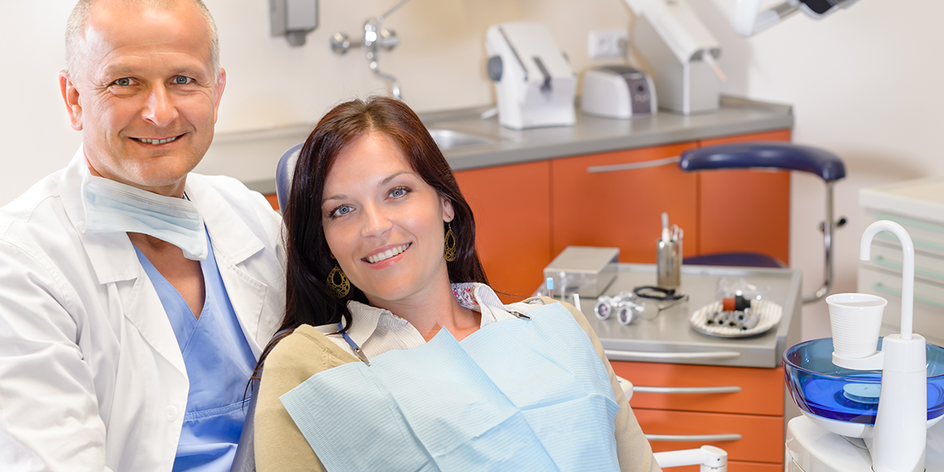Dental Glass Ionomers: A Minimally Invasive and Bioactive Restorative Material
Dental restorative materials have come a long way since the introduction of amalgam fillings. Today, a wide range of materials are available, including composites, ceramics, and glass ionomers. Among these, glass ionomers are unique in that they offer not only good esthetics but also a range of bioactive properties. In this blog post, we will take a closer look at glass ionomers, their history, and their advantages over other restorative materials.
History of Glass Ionomers
The development of glass ionomers can be traced back to the 1960s when researchers at the University of Manchester in the UK were looking for a dental cement that could bond to both enamel and dentin. The resulting material was a mixture of silicate glass powder and polyacrylic acid, which could chemically bond to tooth structure through an acid-base reaction. This material was later called glass ionomer cement (GIC).
In the years that followed, GIC was refined and improved, leading to the development of resin-modified glass ionomers (RMGIC) and, more recently, glass hybrids. Today, glass ionomers are used in a wide range of applications, including cavity liners, bases, and restorative materials.
Advantages of Glass Ionomers
One of the key advantages of glass ionomers is their ability to bond chemically to tooth structure, providing a durable and long-lasting restoration. Additionally, they release fluoride ions over time, which can help prevent secondary caries and remineralize the tooth structure.
Glass hybrids, in particular, have gained popularity in recent years due to their bioactive properties, which allow them to interact with the surrounding tooth structure and promote healing. They are also more forgiving and tolerant than other materials when it comes to maintaining a dry working field, making them ideal for use in challenging clinical situations.
Another advantage of glass ionomers is their minimally invasive nature. They can be used to remove only soft and infected dentin, preserving more of the natural tooth structure than some other materials. This makes them an attractive option for children and older adults, who may have difficulty with more extensive dental procedures.
In addition, glass ionomers release fluoride ions, which can help prevent further decay and strengthen the remaining tooth structure. This can be particularly beneficial in areas of the mouth that are difficult to clean, such as between teeth or around orthodontic appliances.
Glass ionomers are also versatile and can be used in a variety of dental applications, including fillings, sealants, and even as a base or liner under other restorative materials. They can also bond directly to tooth structure, eliminating the need for a separate bonding agent.
However, glass ionomers do have some limitations. They are not as strong as some other restorative materials, and may not be suitable for areas of the mouth that are subjected to heavy chewing forces. They may also be more prone to wear and discoloration over time.
Here are a few popular glass ionomer brands and a brief comparison of their features:
- Ketac Molar: This glass ionomer from 3M ESPE is known for its high strength and wear resistance. It is designed for use in large, load-bearing restorations and is often used in posterior teeth. Ketac Molar also releases fluoride to help prevent further decay.
- Fuji IX GP: Made by GC America, Fuji IX GP is a versatile glass ionomer that can be used for a variety of restorative and preventive applications, including fillings, sealants, and liners. It is also designed to release fluoride and has good wear resistance.
- Riva Self Cure: Riva Self Cure is a glass ionomer from SDI that is designed for easy and quick placement. It is self-curing and sets rapidly, making it ideal for use in areas that are difficult to isolate or access with a light-curing device. Riva Self Cure is also fluoride-releasing and has good strength.
- Vitrebond Plus: This glass ionomer from 3M ESPE is designed to be used as a base or liner under other restorative materials. It is fluoride-releasing and has good adhesion to tooth structure. Vitrebond Plus also has a low film thickness, making it easy to apply and adjust.
In terms of features and benefits, all of these glass ionomer brands have fluoride-releasing properties, making them valuable for preventive care. They also vary in strength and wear resistance, with Ketac Molar being the strongest and most wear-resistant, and Riva Self Cure being the most easy to place. Your dentist can help you determine which brand is best suited to your specific dental needs.

